
- HOME
- Cosmetic OEM Lab
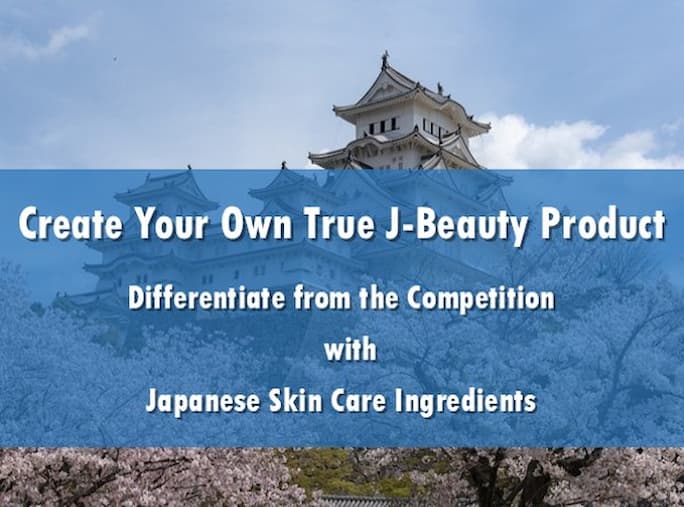
In any part of the world, cosmetics are a part of anyone’s daily life and Japan is no exception with a countless number of products waiting for their buyers on the shelves of countless stores.
With the increasing popularity of Japanese-made products, more and more companies started seeking ways to get their very own J-beauty products on the shelves.
As a Tokyo-based private label cosmetic manufacturer, we have been assisting many of our clients to do so. With years going by, as more and more J-beauty products started hitting the shelves in each country, the competition got fierce.
At this time, “made in Japan” won’t be enough to convince the end-user to grab the product over many other options. So it became vital to differentiate the product from the competition, by building on the “made in Japan” brand.
We believe that the best and cost-effective way to do this is by creating true J-beauty products, packing native ingredients that no one else has in their products.
Thus, we decided to gather as many Japan-only ingredients as possible, communicating with our raw material suppliers so that we are one step closer to being the perfect option for our clients to work with.
This article will be a simple and brief introduction to give an idea of what sort of raw materials can be expected. Please keep in mind that this is merely a selection of ingredients and we have plenty more to offer upon request.
Contents

Japanese have a different approach to skin care than westerners based on different fundamentals.
The idea of desired skin is a rather soft one, which brings the focus on sunlight protection and hydration more than anything.
Japanese approach for skin care is makeup removal, cleansing, and hydration. For hydration, lotions, serums, and masks are used on the regular.
The importance of cleansing is far more important than in other countries as “double cleansing” is common practice.
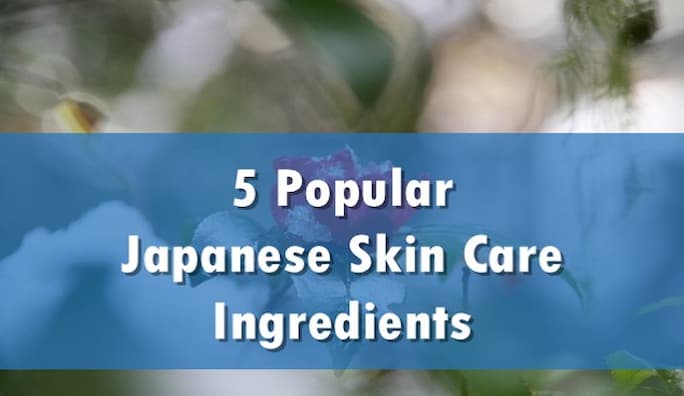
As Japanese-made cosmetic products gained popularity around the globe, some Japanese ingredients got recognition and stood out.
In this section, we will introduce the 5 generic ingredients that can be found in many J-beauty products.
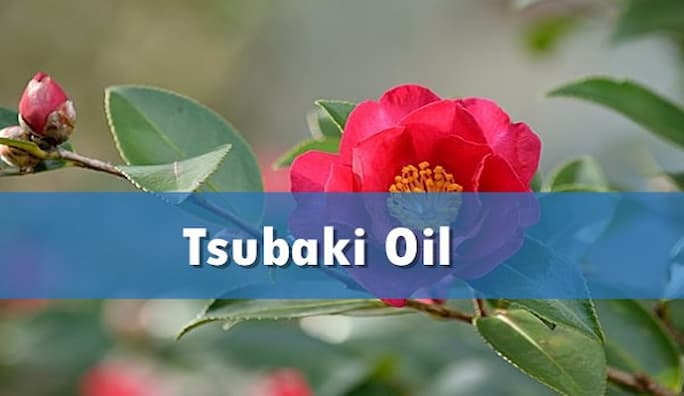
Although this one is largely recognized for its popularity as a hair care product, there are also many skin care products that use tsubaki oil for its anti-aging properties.
Being rich in oleic and linoleic acids, tsubaki oil is basically a natural makeup remover and moisturizer.
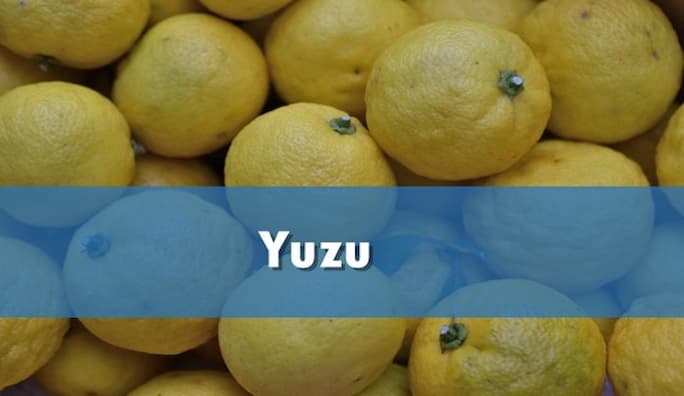
Yuzu is a citrus fruit that is often referred to as “Japanese lemon”. However, it is not very accurate to call it a lemon as it is a completely different citrus fruit with a taste that could be described as a combination of lemon, orange , and grapefruit.
With a nature that is rich in vitamin C, it helps deal with discoloration as well as cleansing the skin.
However, yuzu owes its widespread popularity to its phenomenal fragrance which is one of the main aspects that separates it from lemon, aside from its much less acidic taste.
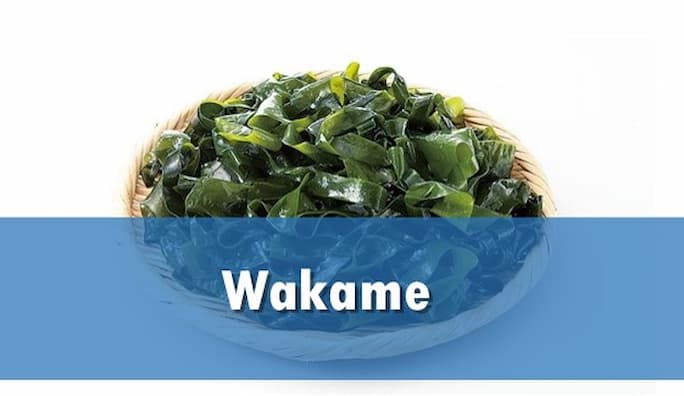
Wakame is an edible seaweed that is commonly used in Japanese cuisine.
It contains a high amount of alginic acid in its structure, which helps detox the body of harmful chemicals. As it is rich in minerals and vitamins, wakame helps the nervous system, boosting hair and skin health.

Rice-derived ingredients are generally popular in Japanese skin care products. Rice bran is a representative example of this. It is popular for its antioxidant and anti-aging properties, helping the skin regenerate.
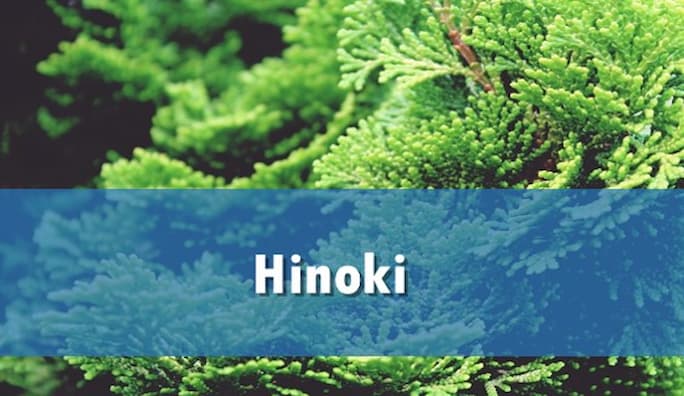
Hinoki is a very common type of tree that is often used as premium construction material. Its wood is very durable and has a unique scent to it.
This powerful scent makes hinoki a major com ponent in aromatherapy with its relaxing nature.
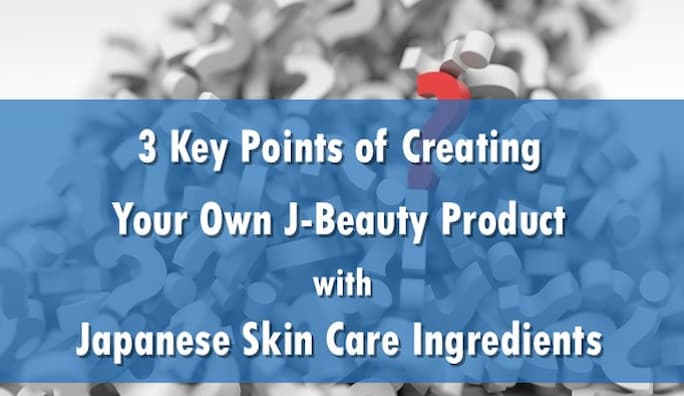
Now that we have explained some of the most commonly known Japanese cosmetic ingredients, we will try to explain what we believe are important points throughout the process of creating a J-beauty product.
We will be breaking it into 3 points:
It is not unseen that some companies manufacture their J-beauty product in their local countries, taking advantage of Japanese ingredients.
However, it is difficult to create an authentic product without having a deep understanding of Japanese cosmetic formulation and production traditions. Also, labeling the product as “made in Japan” undoubtedly makes the product more complete and convincing.
This is why many companies go through the trouble to import from Japanese manufacturers despite the significantly higher costs compared to local manufacturing.
Even though we could say that Japan generally has high standards of manufacturing quality, not all manufacturers are equal. It is just as important to choose a suitable partner as it is in any other country.
We recommend you take a look at our article focused on the key points of choosing a manufacturer in Japan for further information on this.
Another common approach by our clients is deciding product development solely based on the trends in Japan. Many of them seem to have a strong belief that what sells in Japan, will sell in their country as well.
Our experience and observations tell us this is a misconception. Even though it can be true for many products, there are also many cases that prove it wrong.
A good example would be shampoo. Shortly put, a shampoo formulation designed specifically for the Japanese market is not very likely to be suitable in most other countries.
The reason for this is since a vast majority of Japanese people wash their hair every day, shampoos are manufactured with very low detergency properties.
When these products are taken to countries where people prefer to wash their hair less frequently, they fall short of the expectations.
We could come up with many examples. There are a lot of variants such as skin type, the lifestyle of people, climate, etc. that differ from country to country, and region to region.
Knowing the needs of the local market is just as vital as anything else.
Read more on Private Label Hair Care Manufacturers
It is undeniable that Japanese skin care products are trusted and demanded in many countries, especially in Asian countries.
“Japanese quality” has a very strong image in these countries. Also, Japanese skin care products for the mass market are mainly formulated based on Asian skin properties. This often makes them a more reliable choice over European products.
Coming back to the point, regardless of how strong the “Made in Japan” image in that country is, you still want a strong product and brand concept / story.
A great way to do this is by utilizing Japanese ingredients that are not common and can bring a unique touch to your product.
Read more on Private Label Skin Care
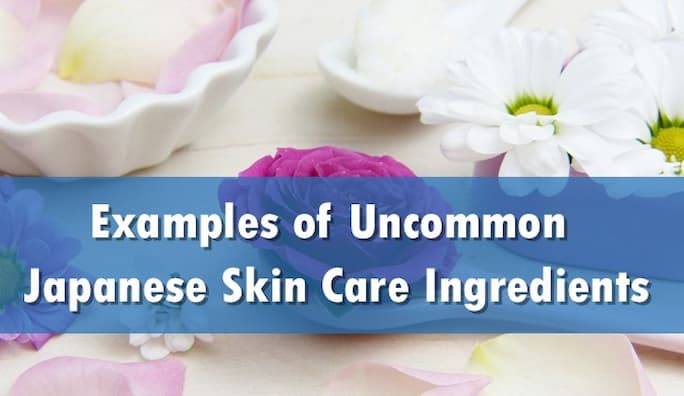
In this section, we will be introducing some of the Japanese skin care ingredients we are offering in our inventory.
We decided it would be appropriate to divide these ingredients into 3 main categories:
Let’s dive into each one of these categories.
Please keep in mind, there is a limit to the information we can share in this article. We will gladly provide further information, enhanced with graphics and images if requested.
Anti-aging is a massive market in Japan with huge amounts of money being invested to develop effective products. The Japanese approach to anti-aging is focused on prevention by preventing fine lines, sunspots, and such.
These are the 3 ingredients we chose for this article.
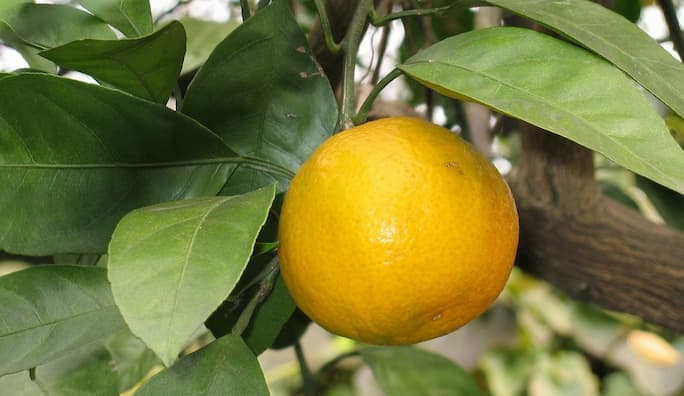
Also known as “Satsuma Mandarin”, this mandarin orange is native to Japan. It is believed that satsuma mandarin came to existence in Kagoshima prefecture some 400 to 500 years ago, by coincidental seedlings of citrus fruits that came from overseas.
The dried peel of Satsuma Mandarin is traditionally used in baths because it contains hesperidin, which is known to warm the body and is listed in the “Japanese Pharmacopoeia” as a crude drug.
As a result of clinical tests, a significant cell proliferation promotion effect was confirmed in the skin.
Read more on Private Label Body Care

Isodonis Japonicus is also a crude drug that has been used as a folk medicine for stomachic purposes in Japan throughout history.
In this day, it is accepted that most of the herbal medicines used in Japan have their origin in Traditional Chinese Medicine.
However, Isodonis Japonicus has no known history of use in Traditional Chinese Medicine, and its origin as a crude drug is limited to various parts of Japan, which makes it unique to the country.
As an anti-aging ingredient, it is expected to boost the production of Type I Collagen as well as promote epidermal keratinocyte proliferation. It is also a very versatile ingredient as it is also trusted as a whitening component, due to its effect of suppressing melanin production.

This plant is called “Gen no shouko” in Japanese, which roughly translates to English as “evidence that it actually works”.
As a matter of fact, in some regions, it is called “Ishairazu” which means “no need for a doctor”. It has been a respected crude drug in Japan for hundreds of years.
As an anti-aging ingredient, its main effect is the promotion of IGF-1 mRNA expression which can be expected to prevent skin aging by enhancing the function of cells.
Moisturizing is a vital element of the Japanese skin care routine. Many of the skin lotions and toners purely exist for this reason, boasting their hydration properties to help achieve the desired mochi-hada Japanese consumers long for.
These are the 3 moisturizing ingredients we chose for this article.
These are the 3 ingredients we chose for this article.
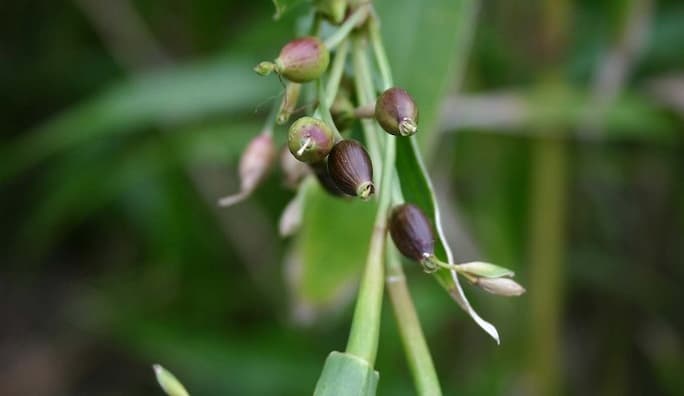
Coix seeds are known to have a particularly high nutritional value among cereals and are used in teas, etc for the purpose of promoting health.
In recent years, Coix has been gaining attention as it is the main ingredient of a large number of pharmaceutical Chinese herbal preparations that have been launched boasting effectiveness such wart and rough skin removal by improving skin turnover.
As a result of clinical testings, significant effects were confirmed in cell proliferation and ATP production in the skin. This means, it can be expected to have the effect of adjusting skin turnover, which tends to be delayed due to aging.
As much as it is an effective anti-aging ingredient, where it shines is moisturizing.
It is expected to improve the moisturizing and barrier function of the skin through the promotion of ceramide and epidermal hyaluronic acid production.
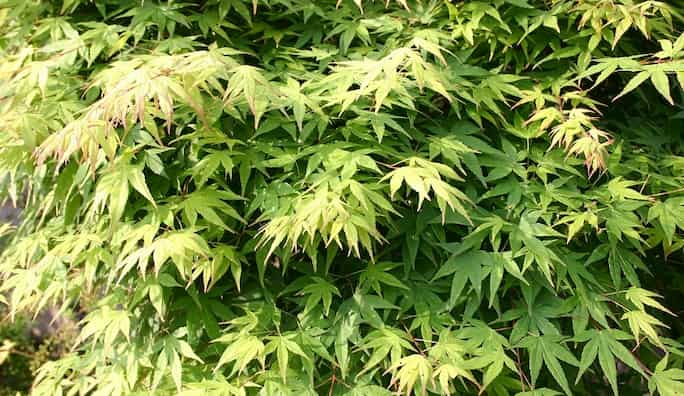
Acer Palmatum, commonly known as Japanese maple, is one of the plants representing the beauty of Japanese seasons, along with Japanese cherry, plum, and peach flowers as countless historical masterpieces featuring the tree have been created from literature to paintings.
In addition to its moisturizing properties, Japanese maple was observed to inhibit red spots, which become more noticeable in winter.
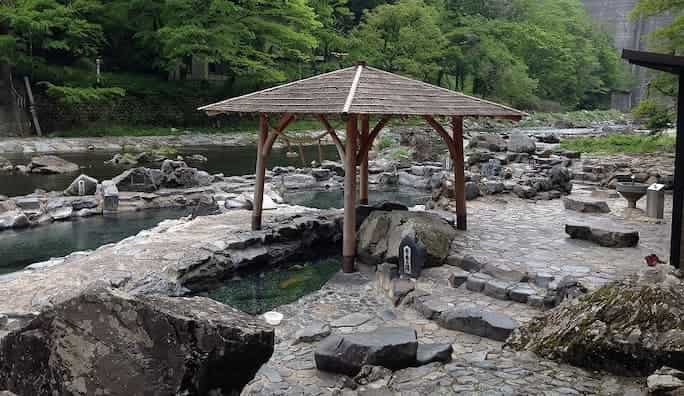
Yubara Onsen (hot spring) village, surrounded by deep forests and beautiful lakes, is located at the northern part of Okayama Prefecture.
This hot spring stands out from others as it only uses water that comes on the surface naturally, without any artificial involvement. The amount of hot water flowing out is estimated around 6,000 liters per minute.
As hot springs are one of the symbolic images of Japan with many people believing their health benefits, it is a fairly common concept that their water is used in cosmetic products.
In the light of clinical tests, it was found that the water of Yubara Onen had a clearly distinguishable skin moisturizing effect, with the water holding capacity of the skin increasing up to 173%.
It is common knowledge that white skin is a strong desire in most Asian countries, if not all. And Japan comes as no exception, as “Bihaku” (beautifully white) is a very strong element of Japanese skin care culture.
However, “bihaku” is not just about having brighter skin. What is most desired is an evenly bright skin with no discoloration, while being smooth and a bouncy (mochi-hada) like a rice cake.
Some examples of the common whitening ingredients are Ascorbic Acid, Vitamin C, Kojic Acid, Arbutin, Tranexamic Acid. However, there are also many plant-derived ingredients that have been gaining attention recently.
Below are the 3 ingredients we will be introducing in this article:
These are the 3 ingredients we chose for this article.
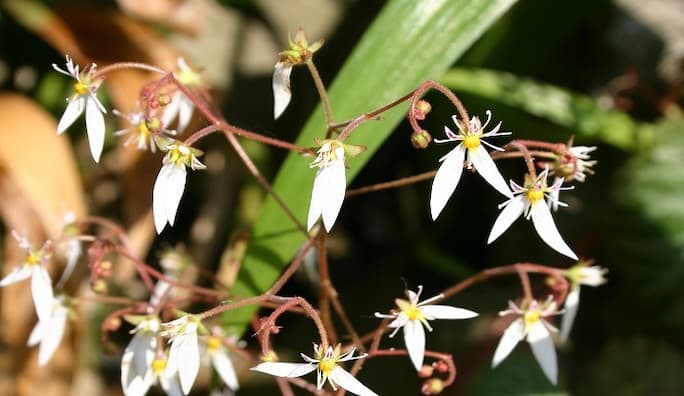
Also known as “Aaron’s beard”, saxigraga sarmentosa is called “yukinoshita” in Japanese, which translates as “under the snow”.
Yukinoshita has a history of being used as a crude drug in Asia for a long time as it is said to have antipyretic, anti-inflammatory, and detoxifying effects.
Studies revealed that it can be expected to have the effect of preventing pigmentation and skin brightness reduction caused by melanin.
Also, it was observed that by adjusting the turnover of the skin, which tends to be delayed due to aging, it can be expected to promote melanin excretion and build a normal barrier function which makes it appealing as an anti-aging ingredient as well as a whitening one.

In Japan, over 60% of lemons are produced in Hiroshima prefecture. Ikuchijima Island or’Lemon island’, located in the Seto Inland Sea, is well known as a top producer of lemons.
Thanks to the ideal cultivation conditions for citrus at Ikuchijima Island such as the landscape, the calm Seto Inland Sea climate, and mild sunshine, it became the birthplace of commercial cultivation of lemons in Japan in the Meiji era (late 19th century).
In the light of clinical tests, it was found that the raw material had an inhibiting effect on melanin production in the skin, which leads to maintaining a lighter skin tone.
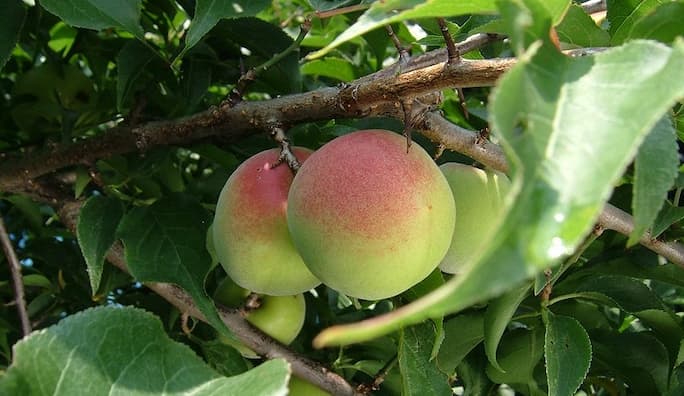
Ume fruit has been utilized as a folk medicine in Japan, especially as an anti-microbial, for tiredness and intestinal regulation. Back in the day, Samurai carried Umeboshi (pickled plums) as a preserved food with bactericidal effects.
The plum used in this raw ingredient is called Nankou-ume, a premium brand of Japanese plum, and is characterized by its beautiful white flowers and soft fruit. This high quality ume is a sort-after gift item due to its high reputation and popularity. . The Nankou-ume fruit used in our product is harvested in Wakayama Prefecture, the No.1 ume fruit production site in Japan.
Clinical studies brought to light that the material improved skin tone and condition, boosting elasticity.

Having introduced a selection of unique Japanese skin care ingredients, we would like to introduce 3 points why we think we could be a good choice for our clients.
As we have been observing the demand and need for J-beauty concept ingredients, we have been gathering information and connecting with raw material suppliers to be able to provide options to our clients when requested.
As a result, we managed to gather a large database of ingredients that are unique to Japan, while having scientifically supported efficacy and benefits.
In OEM Co., Ltd, we have been assisting our clients by providing high-quality Japanese-made products all around the world with our capability to manufacture a wide range of products, for many years.
As we are experienced in exporting our products overseas, we take pride in a smooth and cooperative approach.
It is a fact that most people want to start with small lots as they don’t want to take big risks or simply don’t have the capital.
In OEM Co., Ltd., we’ve always been cooperative with our clients who order in small lots. We take pride in our flexible correspondence and cost-effective solutions for low quantity orders.

In this article, we did our best to introduce some of the uncommon J-beauty concept ingredients divided into 4 categories based on the expected efficacy.
We do realize that this article was far from providing solid scientific data, as we needed to keep things simple and easy to read. However, we are very keen to share further details regarding scientific studies and data, upon request.
If you wish to create your own J-beauty product with uncommon and original Japanese skin care ingredients, feel free to ask us anything you may want to know through the button below.
For further information, please contact us.